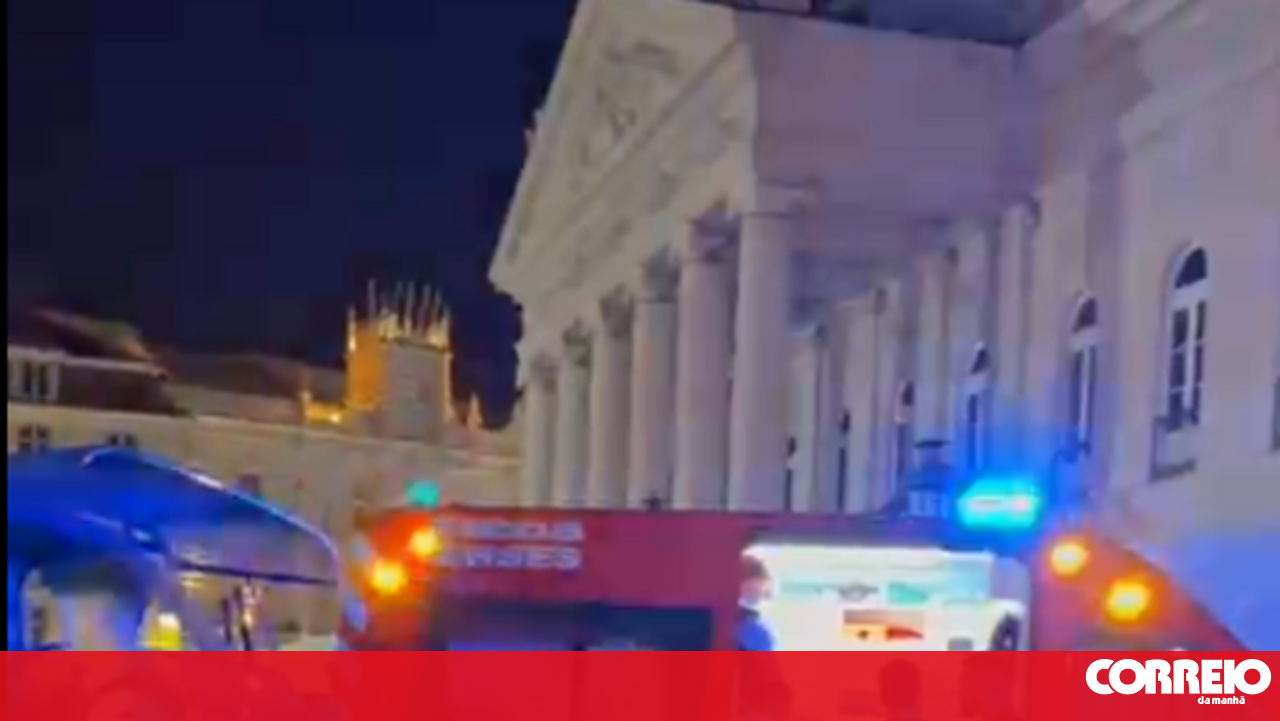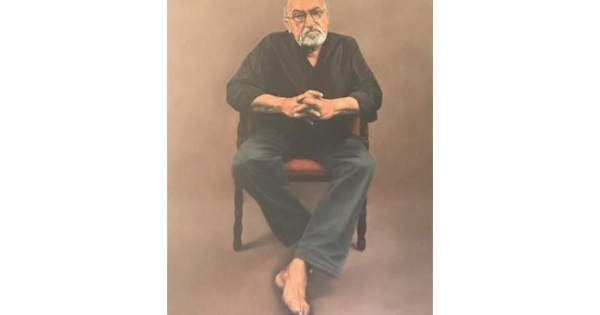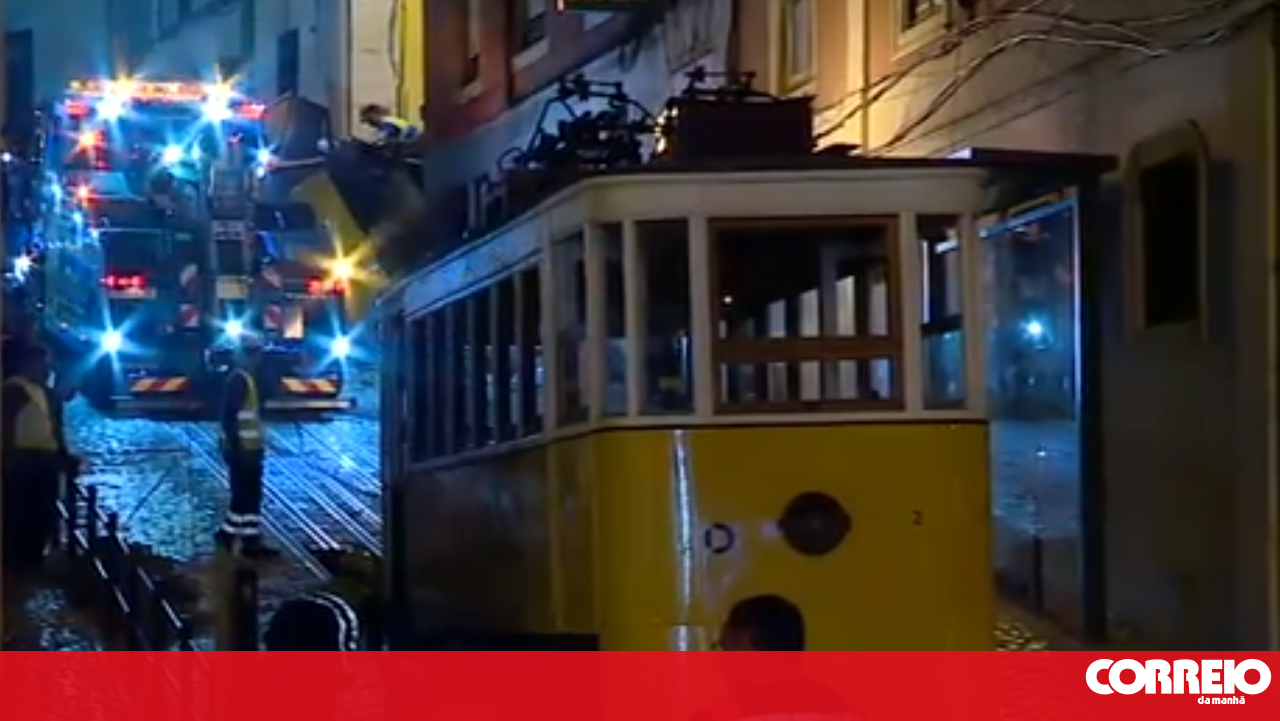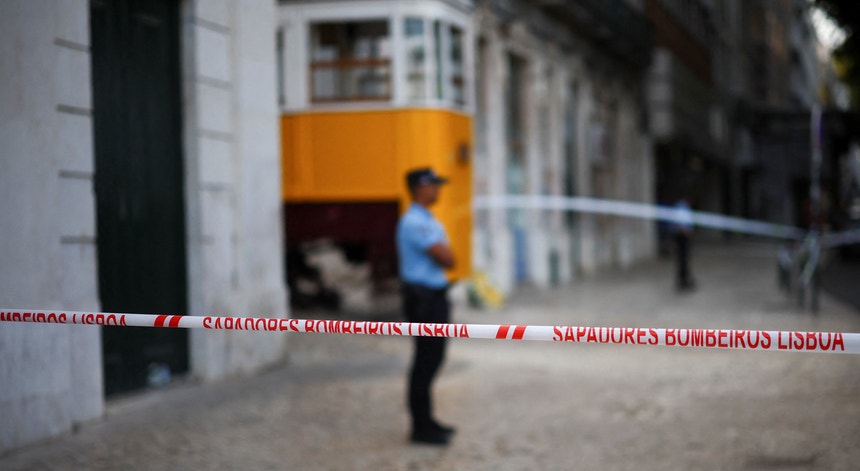The Evolution of Territorial Logistics
In the third decade of the 21st century, by 2025, we still predominantly live under the vertical and hierarchical logistics of zone territories (T-Z). Examples include political-party logistics, administrative logistics, corporate logistics, clientelistic logistics, and security logistics. These are all logistics of limits and borders, designed to monitor and sanction, rewarding subordination and punishing disobedience, perpetuated by vertical power to reproduce the zone territory.

Transaction costs in these T-Z are closely watched, as they are a privileged source of benefits in our current system. At the crossroads of major transitions this decade—climate, energy, ecological, digital, demographic, migratory, and labor—one emerging transition is leading us from vertical zone territories (T-Z) to horizontal network territories (T-R). This shift moves from fixed, delimited territories to open, collaborative ones through decentralized, multi-territorial digital platforms.
The social construction of T-R rests on three main pillars: the centrality of decentralized territorial cooperation, the relevance of transactions between markets and networks, and the effectiveness of a tailored institutional arrangement. These pillars—markets, networks, and institutions—require significant coordination and creativity, supporting the new political economy of network territories in a networked society, or what can be termed territorial curation of network territories, extending beyond mere municipal or intermunicipal administration.
Key levels of response for territorial curation include:
- The paradox of neighborhood: Why do neighboring territories cooperate so little, and why does social capital from cooperation attract few organizations and companies? This is the first level to address.
- System operationalization: T-R needs an operating system adjusted to its policy problems, the second level for curation.
- Multi-level governance: T-R is central to various levels and scales of government, offering new opportunities for local and regional actors; this is the third level.
- Economy of network and agglomeration: Administering local productive systems and strategic territorial assets, linking proximity markets, multi-territorial value chains, and global markets—the fourth level.
- Clarification of meso-territorial levels: NUTS III and NUTS II must define their roles for regional functional consistency, the fifth level.
- Extraterritorial articulations: Establishing connections in scientific, cultural, and creative fields, particularly between technologies, arts, and territories, a level to aspire to and achieve.
With the full execution of the Recovery and Resilience Plan (PRR) until the end of 2026 and the Portugal 2030 operational programs, the association between network territories and their territorial curation promises a breath of fresh air for new territorial economies and conventional public administration. The techno-digital revolution and networked society are transporting us into an almost unknown universe, where the digital world increasingly envelops the physical, blurring boundaries and affecting long-established powers in zone territories.
We live in a state of permanent multi-territoriality due to the speed of connections. Daily, new tech companies create applications and collaborative networks, exposing the functionalities of the old, anachronistic urban-industrial silo model. However, caution is needed: how to properly filter online communities, transition to offline communities, invert value chains from immaterial to material economy, and use social utility with respect for real people? The material economy must not be held hostage by the virtual economy and a perverse value distribution in the new value chain.
In this context, building socially variable geometry network territories is an opportunity worth experimenting with. Minimum conditions should bring together a constellation of interests around problem-solving in a specific territory, including universities, business associations, intermunicipal communities, local development associations, producer and consumer clubs, NGOs, public services, cooperatives, and natural parks, to form new territorial configurations for reoccupying needy spaces.
Ultimately, territorial curation exists to promote and manage social capital—proximity, cooperation, solidarity, trust, knowledge, and distinction—serving the common good of a territorial community. The Algarve serves as an example, with its regional territory (NUTS II) coinciding with the intermunicipal territory (NUTS III). Suggested areas for collaborative platforms and articulated territorial curations include the Algarve mountains and integrated forest and landscape management areas, village condominiums in the barrocal-serra with green corridors and nature trails, building the agro-food system (SAL) of Barlavento/Sotavento with short circuits and local markets, interurban networks (ecopolis) with common utility networks, the Ria Formosa Natural Park with shared marine resource management, and adjacent problem areas like volunteering and community development projects.
In essence, smart territories and digital platforms must convert into real associations and communities, respecting the spirit of places, production sites, recreation, culture, and pilgrimage. If these territories collaborate, learn, and prosper together, the intermunicipal or regional actor-network will fully fulfill its territorial curation function.















Comments
Join Our Community
Sign up to share your thoughts, engage with others, and become part of our growing community.
No comments yet
Be the first to share your thoughts and start the conversation!